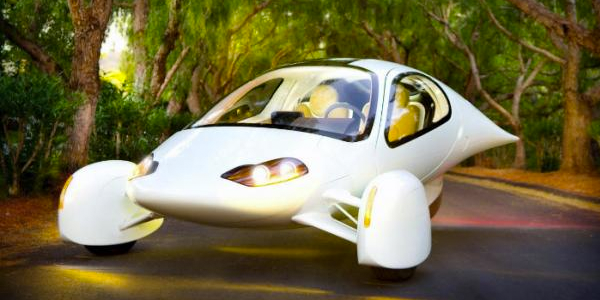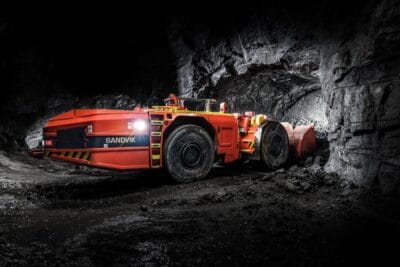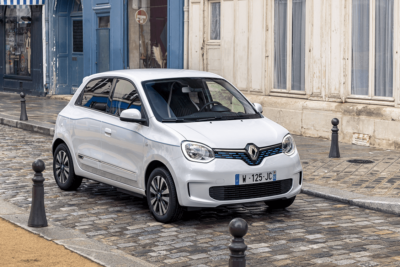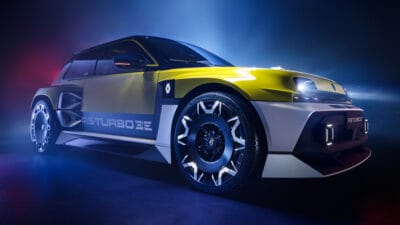Feel like driving 1,600 km on one charge?
Ten years ago an ultra light-weight, three-wheeled, two-seater car called the Aptera was created, touted as the world’s most efficient electric car, but the Californian company ran into trouble had to liquidate. Now its founders have come together again to work on a new Aptera, which they say can achieve a 1,600 km range on a single charge.
The vehicle achieves its incredible energy efficiency through aerodynamic design and light-weight materials, and now the Aptera team have many more and far better EV components than they did ten years ago. Their goal is still to make the world’s most energy-efficient electric car.
With the new Aptera model, for which a prototype has yet to be produced, the Californian company plans to offer different batteries from 40 to 100 kWh. The latter would provide 1,600 km (1,000 miles) of range – which would mean the electric vehicle uses less than 100 watt-hours per mile. For comparison, Tesla’s Model 3 Standard Range Plus has an efficiency rating of 250 watt-hours per mile.
To get an idea of the radical differences in this experimental model to other electric cars, the Aptera team said that the 60-kWh Aptera version will weigh about 800 kg (1,800 pounds) – which is half the weight of the four-seater Nissan Leaf Plus with a 62-kWh battery, and is EPA-rated to have only 310 watt-hours per mile – one third of the efficiency of the Aptera.
It would be interesting to know what kind of person would go for this unusual-looking vehicle that is sure to attract attention on the road. The original model ten years ago received purchase deposits from 4,400 Californians, and the company said the numbers would have been higher had they not limited orders to customers within California.
What Aptera makers have not said is what speeds the vehicle can reach, but carmakers usually say that speeds of over 120 km/h wildly tax the energy efficiency, so much so that Volvo has voluntarily put a speed limit on its electric vehicles at 180 km/h – that is a good deal over most highway limits anyway (except in Germany).
Still, it is a pretty weird-looking vehicle, (though not less attention-seeking than an ultra sportscar) but the efficiency challenge should not only provide some drivers with incredibly low refuelling bills and fewer stops but hopefully help inform the rest of the industry on the boundaries and hurdles they face in their bold endeavour.





3 Comments